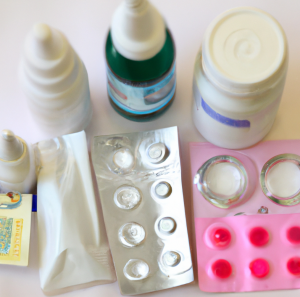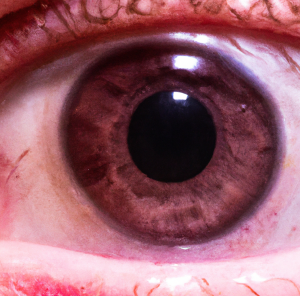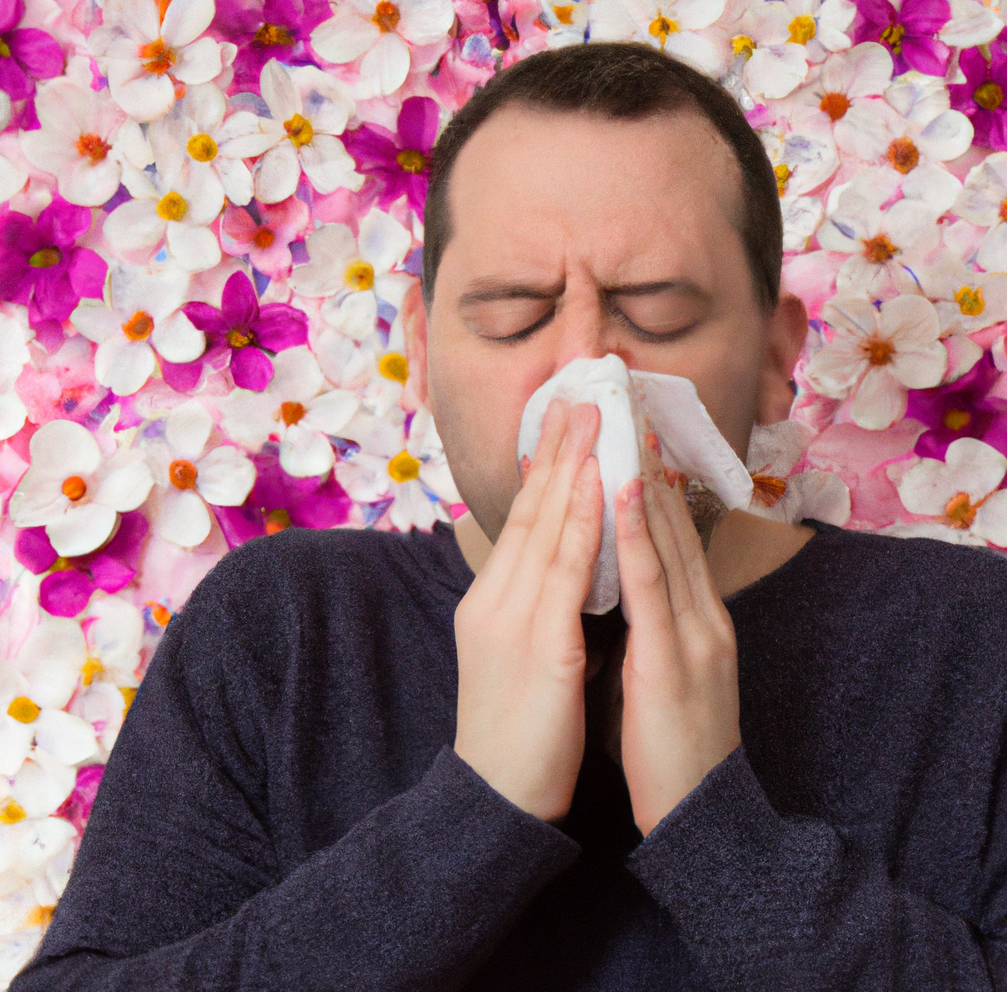Table of Contents
ToggleIntroduction
Understanding the differences between allergies vs. pink eye is crucial for proper diagnosis and treatment.
Pink eye, or conjunctivitis, is an inflammation of the eye’s conjunctiva, often caused by bacteria, viruses, or allergens.
Allergies, typically reactions to environmental factors like pollen or dust, often cause symptoms such as itchy and watery eyes, nasal congestion, and sneezing.
Differentiating these conditions is key to effective treatment, whether it’s managing the persistent itching of allergies or addressing the discomfort of pink eye.
What is pink eye?
Pink eye, also known as conjunctivitis, is a common eye condition characterized by inflammation of the conjunctiva, which is the thin, transparent tissue that covers the white part of the eye and lines the inside of the eyelids.
It can be caused by various factors such as bacteria, viruses, allergies, or irritants.
There are three main types of pink eye: viral, bacterial, and allergic.
Viral conjunctivitis is often caused by a virus such as adenovirus and typically starts in one eye before spreading to the other.
Typically causes eye redness, itching, burning, excessive tearing, or clear to slightly thick discharge
Bacterial conjunctivitis occurs due to bacteria entering and infecting the eyes.
This type often causes similar symptoms to viral conjunctivitis but may produce a thicker discharge that can be yellowish or greenish in color.
Allergic conjunctivitis arises from an allergic reaction to substances like pollen, dust mites, pet dander, or certain medications.
Direct contact with contaminated surfaces like doorknobs or sharing personal items such as towels can facilitate its transmission.
Therefore, it is crucial to practice good hygiene measures such as regular handwashing and avoiding touching one’s eyes unnecessarily to prevent its spread among individuals.

Symptoms of Pink Eye
- Eyes Display Redness: Both or one of the eyes typically exhibit a bloodshot, irritated appearance.
- Experience of Itching: Individuals often feel persistent itchiness in the affected eye(s).
- Sensation of Grittiness: A common experience is feeling as if there’s something gritty inside the eyes.
- Tendency to Rub or Scratch: Due to discomfort, individuals frequently rub or scratch their eyes, potentially exacerbating the condition.
- Increased Tearing: Eyes often tear excessively, leading to a constant wet sensation.
- Eye Discharge: The nature of discharge varies based on the type of conjunctivitis:
- In Bacterial Conjunctivitis: A thick yellow or greenish discharge typically forms, often resulting in crusty eyelashes upon waking.
- In Viral Conjunctivitis: A clear or watery discharge is common, sometimes accompanied by flu-like symptoms such as coughing or sneezing.
Symptoms of Allergies
- Experience Nasal Congestion: Individuals actively feel stuffiness or a blocked nose due to allergic reactions.
- Suffer from Runny Nose: A clear nasal discharge prominently occurs, a typical sign of an allergic response.
- Endure Frequent Sneezing: Allergy sufferers often face uncontrollable sneezing bouts.
- Feel Itching in Nose, Eyes, Ears, or Mouth: Persistent itching sensation in these areas signals an allergic reaction.
- Develop Watery, Red, or Swollen Eyes: Allergic conjunctivitis manifests as a key symptom, showing these specific eye conditions.
- Notice Postnasal Drip: The sensation of mucus moving down the throat is a common allergic symptom.
- Cough due to Allergies: A cough that arises from postnasal drip or throat irritation linked to allergies.
- Experience Allergy-Induced Fatigue: Unusual tiredness, often exacerbated by poor sleep caused by allergic symptoms.
- Have Allergy-Related Headaches: Headaches occur as a result of sinus pressure from nasal congestion.
- Face Shortness of Breath or Wheezing: Notably in allergic asthma, these respiratory symptoms are prominent.
- Develop Skin Rashes like Eczema or Hives: Characterized by itchy, red, or flaky skin, these rashes indicate skin allergies.
- Swell in Face, Lips, Tongue, or Throat: Known as angioedema, this severe swelling is an alarming allergic symptom.
Distinguishing Between Allergies vs. Pink Eye
Distinguishing between allergies and pink eye can be a challenging task, as both conditions can share similar symptoms.
One of the main distinctions lies in the specific symptoms experienced.
Allergies commonly manifest with itching in the eyes, along with redness and watering.
This is often accompanied by nasal congestion, sneezing, and an itchy throat.
On the other hand, pink eye typically presents with redness in the whites of the eyes, accompanied by a gritty or sandy feeling.
Allergy-related eye symptoms tend to be chronic or recurrent in nature and may persist for weeks or months if not effectively managed or treated.
In contrast, pink eye often develops suddenly and resolves within one to two weeks with appropriate treatment.
Considering the specific symptoms experienced, the duration of symptoms, and analyzing potential triggers or sources of transmission can assist in determining whether an individual is dealing with allergies or pink eye.

Treating Pink Eye
The treatment approach for pink eye is determined based on the underlying cause, which can be viral, bacterial, or allergic in nature.
In cases of viral conjunctivitis, unfortunately, there is no specific medication that can target the virus directly.
The infection typically resolves on its own within a week or two.
However, symptomatic relief can be achieved through various remedies.
Applying warm compresses to the affected eye can help alleviate discomfort and reduce inflammation.
Lubricating eye drops or artificial tears can also provide relief from dryness and irritation.
Topical antibiotic ointments or eye drops are commonly prescribed by healthcare professionals to combat bacterial infections effectively.
It is crucial to follow the prescribed regimen diligently and complete the full course of treatment to ensure complete eradication of the bacteria causing pink eye.
Consulting a medical professional ensures proper diagnosis and allows for a tailored treatment plan for allergies vs. pink eye.

Avoiding the Spread of Pink Eye
Pink eye can be highly contagious and easily transmitted from person to person through direct contact, contaminated objects, or respiratory droplets.
- Wash your hands frequently and thoroughly with soap and warm water for at least 20 seconds.
- Pay special attention to your fingertips, as they often come into contact with your eyes, nose, and mouth.
- Avoid touching or rubbing your eyes unnecessarily, as this can further irritate the affected area or introduce bacteria that can cause infection.
- It is advisable to use disposable tissues when wiping away any discharge from your own eyes and promptly discard them after use in a covered trash bin.
- Regularly disinfect countertops, doorknobs, and bathroom fixtures to prevent pink eye in shared spaces.
- Use virus and bacteria-killing disinfectants on surfaces exposed to infected fluids.
Implementing these preventative measures supplements will help contain the spread of pink eye while ensuring a healthy environment for everyone involved.

A Word from HealthyVibe
To conclude, actively differentiating between allergies vs. pink eye is vital for effective treatment and management.
Allergies, often sparked by environmental irritants, respond well to antihistamines and eye drops.
In contrast, pink eye requires specific medical interventions—antibiotics or antivirals—based on its viral or bacterial nature.
Understanding their unique features, seeking timely medical advice, and upholding stringent hygiene practices are key to managing these conditions.
By taking these steps, you can not only relieve symptoms but also safeguard your overall health, minimizing the impact of these ailments on your life.
Remember, recognizing and treating these conditions promptly is crucial for your well-being.
FAQ
1. What symptoms does pink eye exhibit?
Pink eye causes redness, irritation, discharge, tearing, and sometimes light sensitivity and swollen eyelids.
2. How do allergies differ from pink eye?
Allergies trigger itching, sneezing, and clear discharge, while pink eye often leads to a gritty sensation and colored discharge.
3. What treatments work for pink eye?
Viral pink eye resolves naturally; bacterial infections need antibiotics; allergic conjunctivitis requires avoiding allergens and possibly antihistamines.
4. How can one prevent the spread of pink eye?
Wash hands frequently, avoid eye contact, don’t share personal items, clean surfaces, and keep distance from infected individuals.
5. How do treatments for allergies and pink eye differ?
Allergies need antihistamines and eye drops; pink eye from bacteria or viruses requires specific antibiotics or antivirals.









